Let’s wind back the clock
1825 saw the start of construction on Gustavsberg’s first porcelain factory. A couple of years later, the factory was officially opened and the first porcelain was fired with great expectations. However, it turned out to be a great disappointment.
The porcelain was of such poor quality that it had to be thrown away, and Mr. Öhman – the brains behind the project – gave up on his porcelain dreams and sold the factory at auction. Thus begins the story of Gustavsberg, which over time became the bathroom manufacturer that took Sweden from dirty to clean – and today is one of Scandinavia's largest bathroom suppliers.
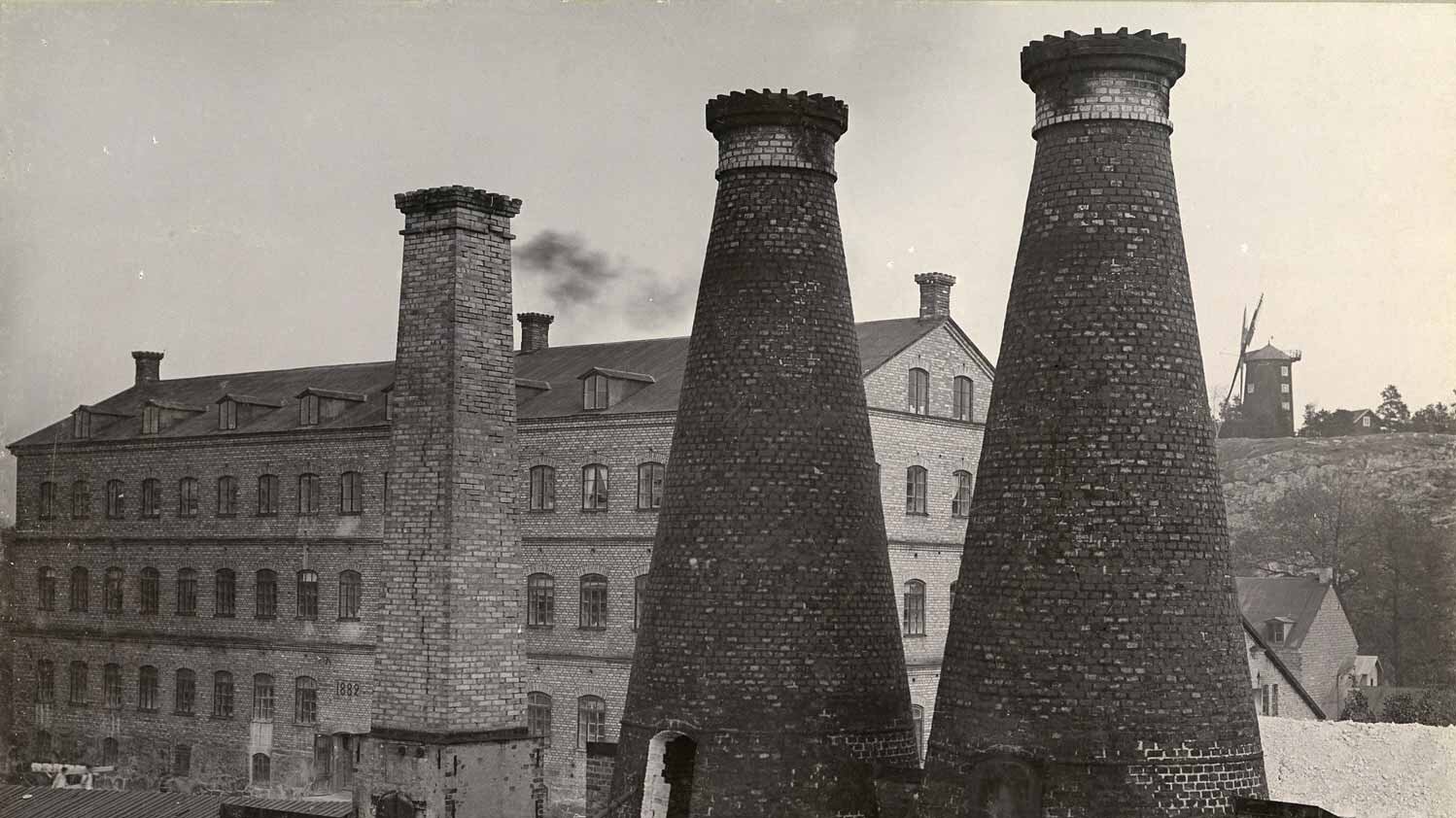
1825 – Porcelain factory built
It was in the 1600s that the entrepreneur Maria Sofia De la Gardie founded a brickworks in Farsta Vik. She named the site Gustavsberg. When the brickworks was later demolished, a porcelain factory was built in its place. As you already know, things didn’t go according to plan.
1838 – The Englishmen arrive
Thirteen English porcelain specialists are brought to Gustavsberg. They use their expertise to convert production from German to English methods. The quality improves and the success story of Gustavsberg soon begins.


1839 – Introduction of the anchor
Over and above the production methods, the English porcelain experts bring in something else that has stayed with us to this day.
The anchor, which was a common signature among English porcelain factories, becomes a part of our logo.
1850s – Production picks up pace
The gamble on English porcelain pays off and Gustavsberg becomes something of a pioneer in its field, winning a variety of international awards.
Under the leadership of proprietor Wilhelm Odelberg, the foundations are laid for the major company Gustavsberg becomes around the turn of the century.

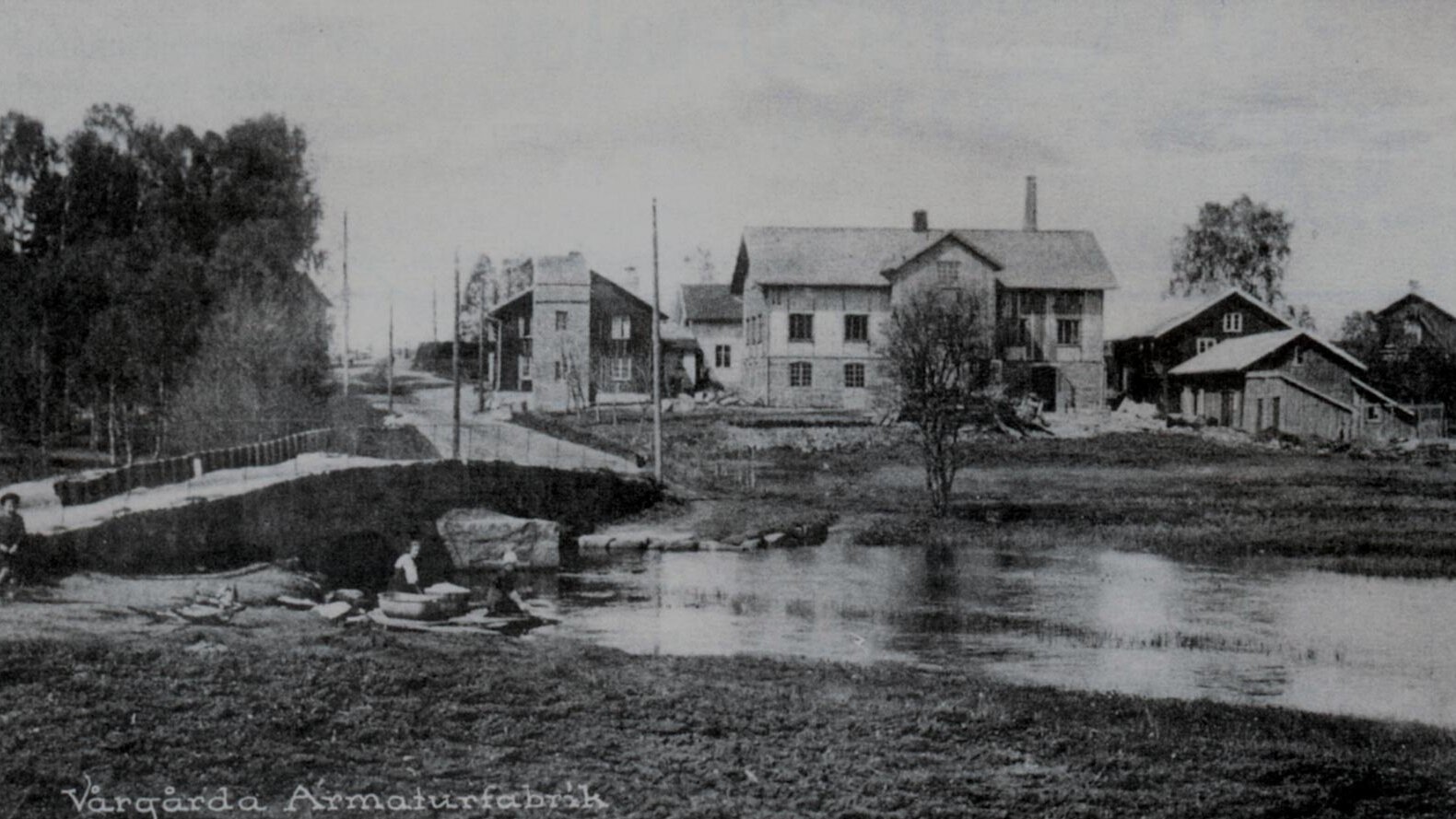
1920 – The Vårgårda mixer is born
In 1920 Gustav Hedblom is sitting in Vårgårda, planning to open a factory to manufacture faucets. Together with two companions, he puts his plan into action – and thus is created the Vårgårda mixer.
Two years later, the company has expanded to employ 38 people who are proud to present a fine range of products – and sales totalling SEK 66,550.
1939 – Gustavsberg becomes a bathroom manufacturer
In the early 1900s, the bathroom becomes an increasingly common feature of the home. With its extensive experience with household porcelain, it is only natural for Gustavsberg to turn its attention to sanitary porcelain. The new factory is opened in 1939, marking the start of a new chapter in the long history of Gustavsberg.
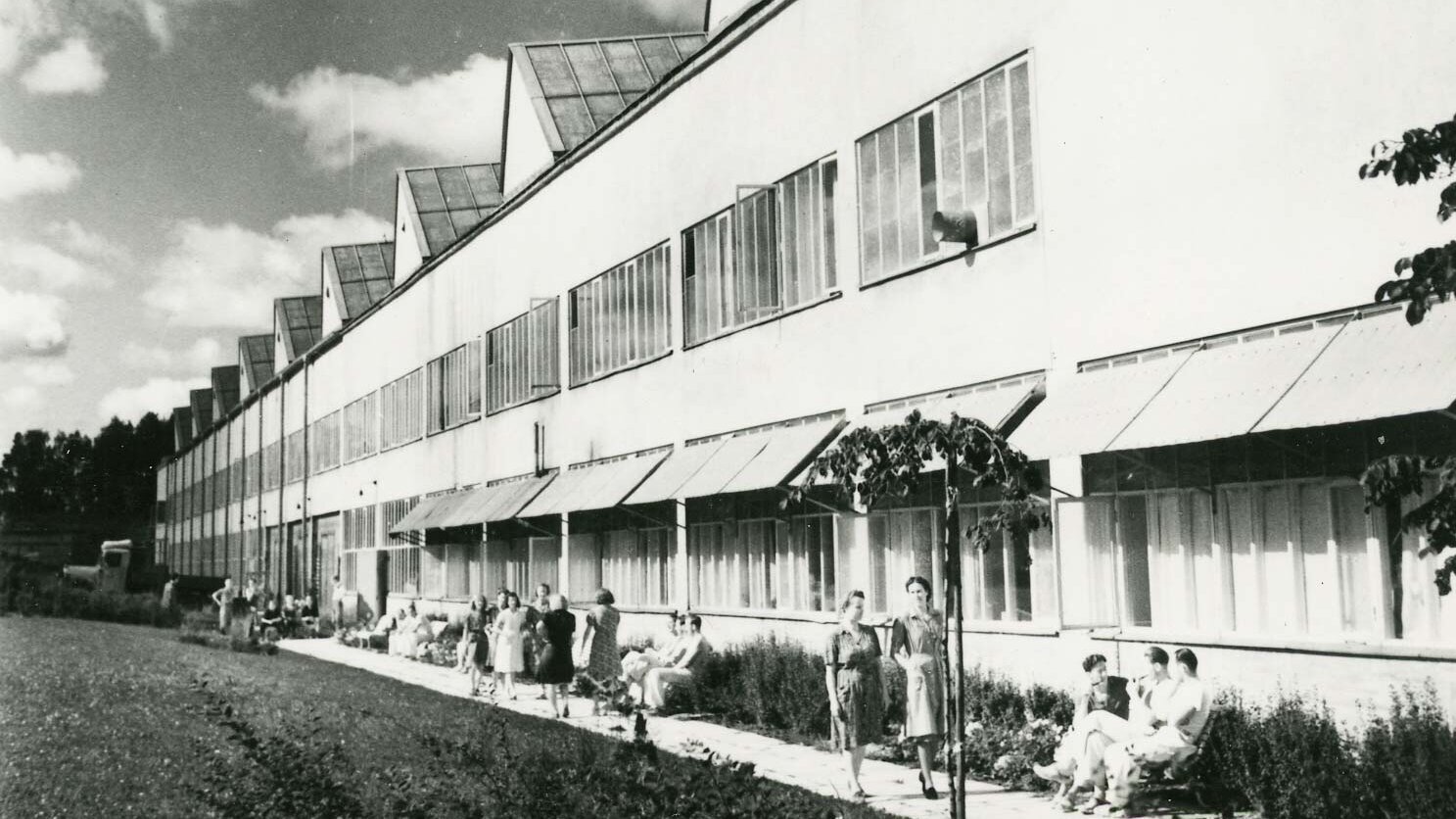
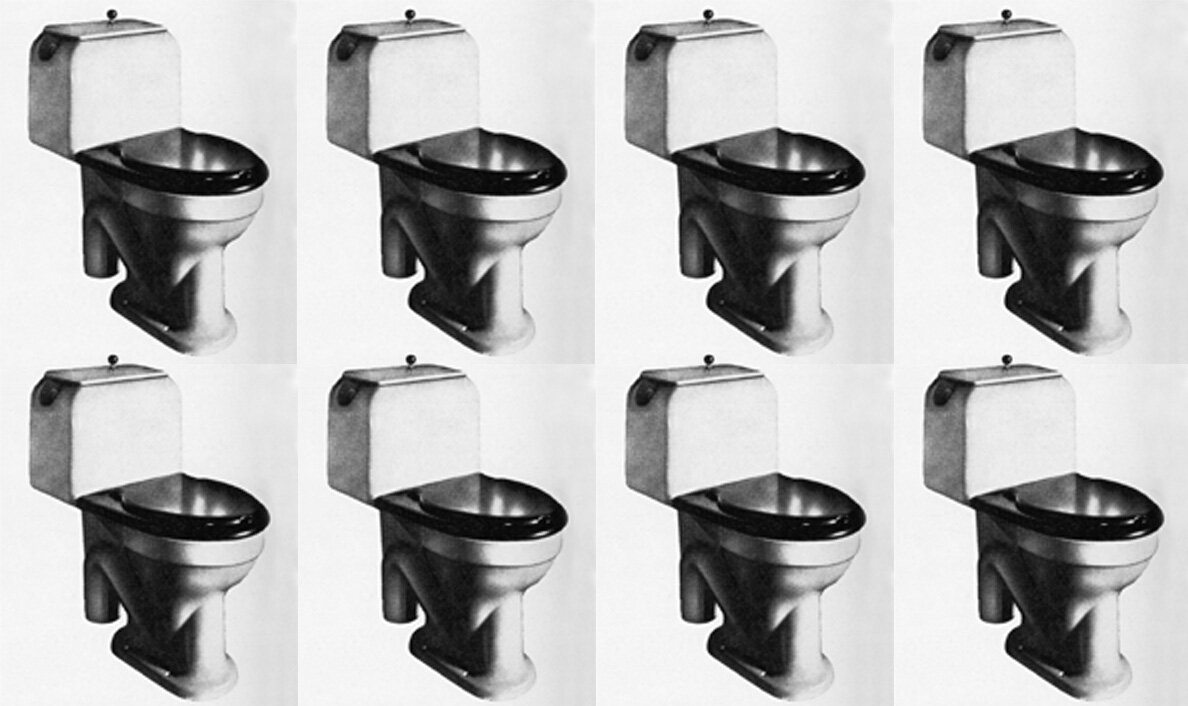
1940 – Less wasteful flushing
Gustavsberg launches WC no. 306, our first reduced-flush toilet. Axel Nilsson’s unique design is awarded a patent in 1940 – and saves a great many litres of water every day.
1947 – Bathtub manufacture commences
New Year’s Eve 1947 marks the coming of not only a new year, but also a completely new type of bathtub. Through a unique working relationship with the American automotive industry, we developed bathtubs made of form-pressed sheet steel – much more versatile than the heavy, clumsy cast iron tubs.
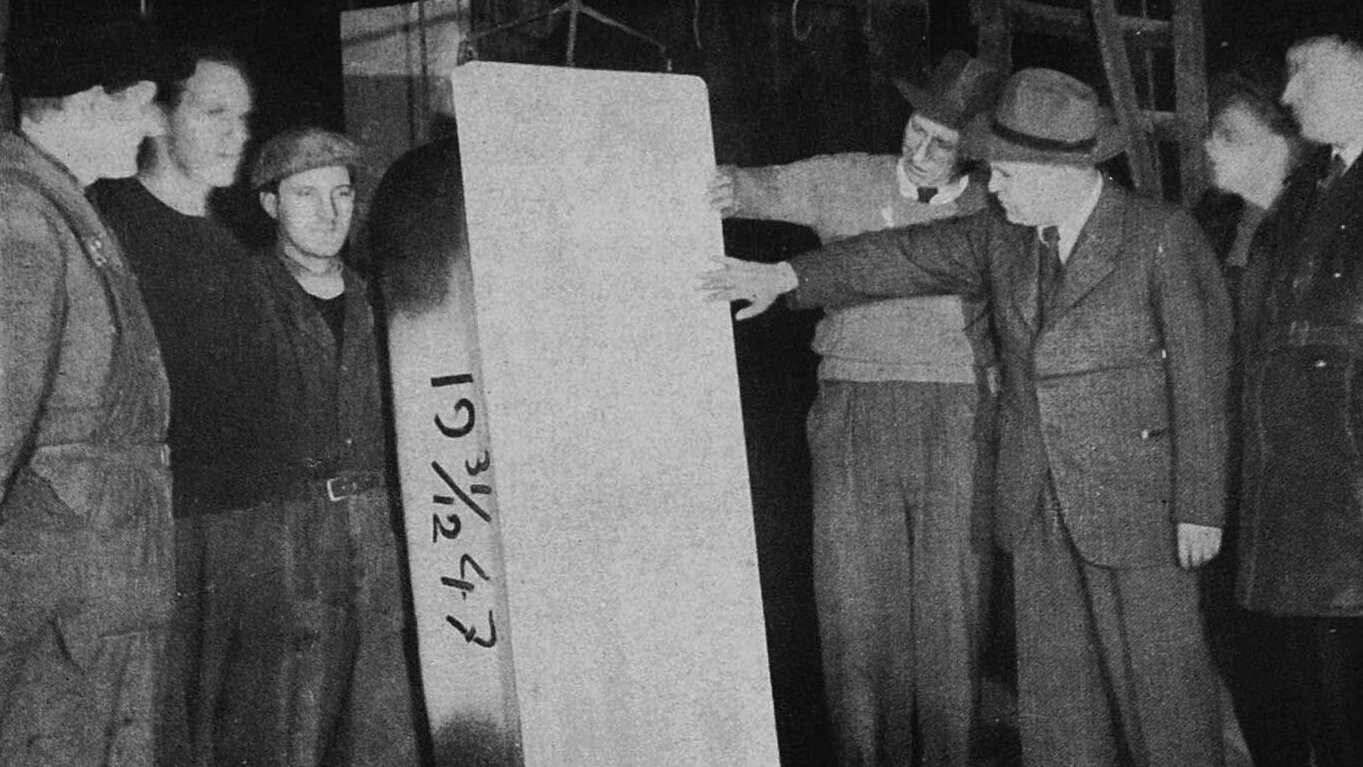

1949 – Improved flushing
Our WC no. 307 maintains the water-saving qualities of WC no. 306, but significantly improves the flushing effect. This is achieved by making the angle of the toilet bowl almost vertical and by introducing a new, quick-close floater valve.
1950s – Designer washbasin
In the 1950s, aesthetics in the bathroom become increasingly important. Drawing on our rich design heritage, we power development forward. Stig Lindberg designs a couple of washbasins – despite his resistance to standard dimensions and production conditions.
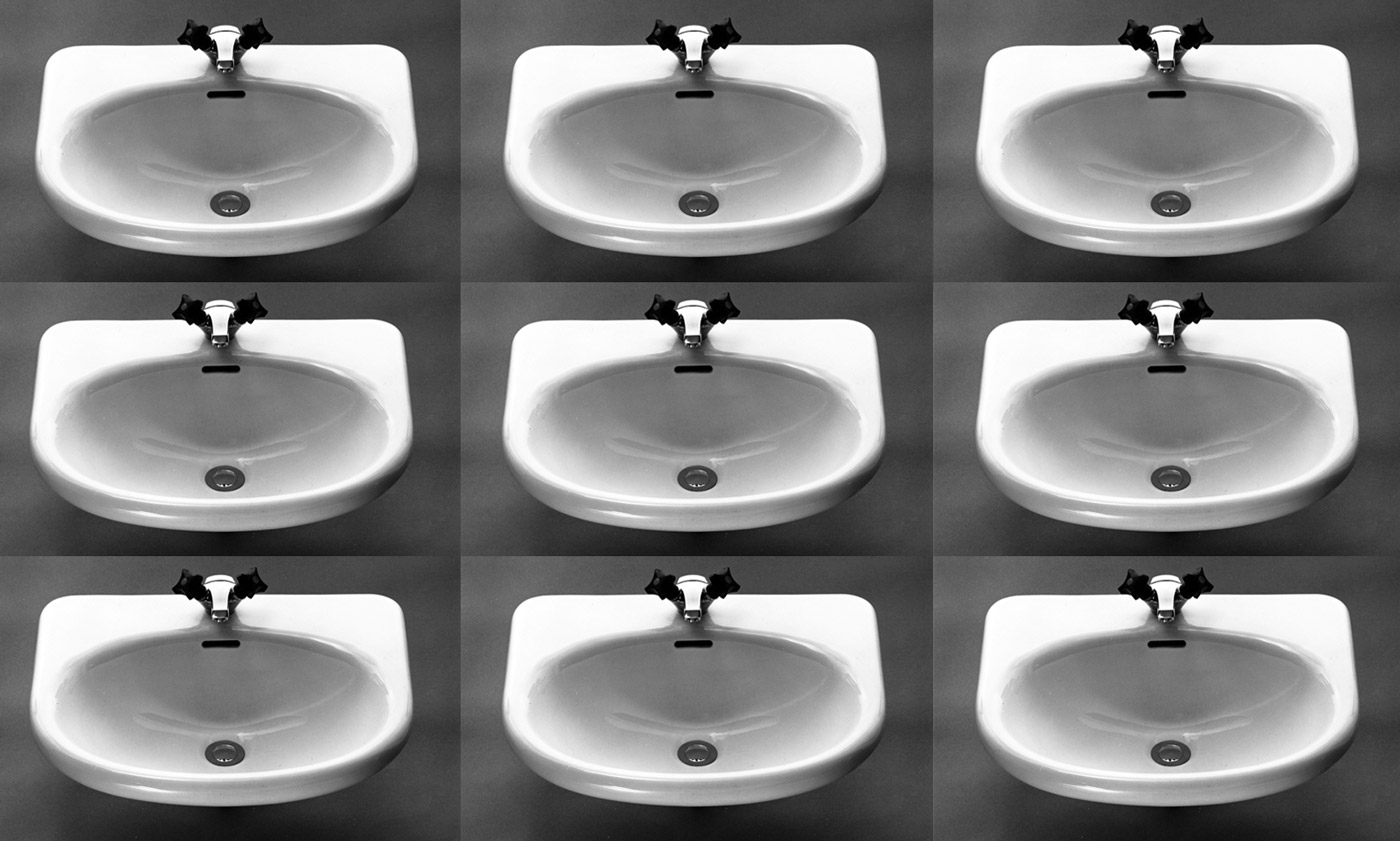
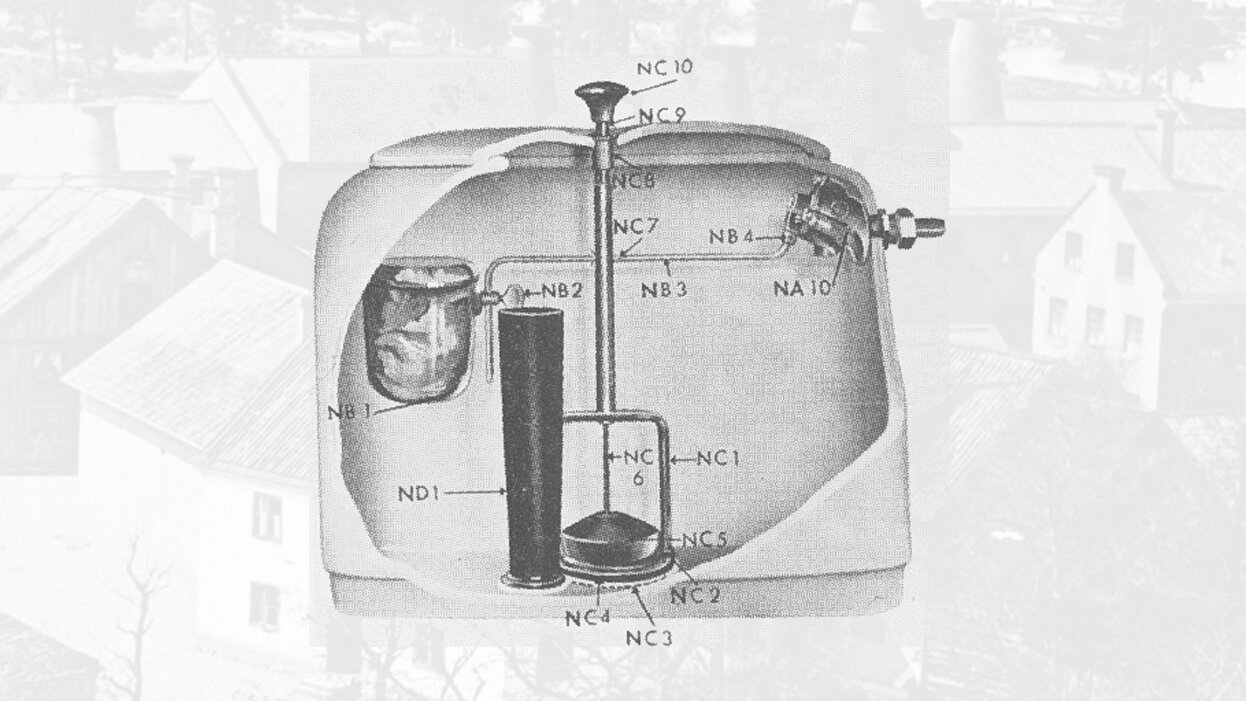
1952 – Even better flushing
Our WC no. 315 improves flushing technology even further. We are so satisfied that we choose to grant a 10-year guarantee on the flush itself.
1953 – Washbasin no. 525
A washbasin rim (or edge) was previously considered an essential feature to prevent the washbasin losing stability and collapsing in the firing oven. However, Carl-Arne Breger succeeds in experimenting his way to a new solution, which makes washbasin no. 525 Gustavsberg’s best-seller ever in all categories.
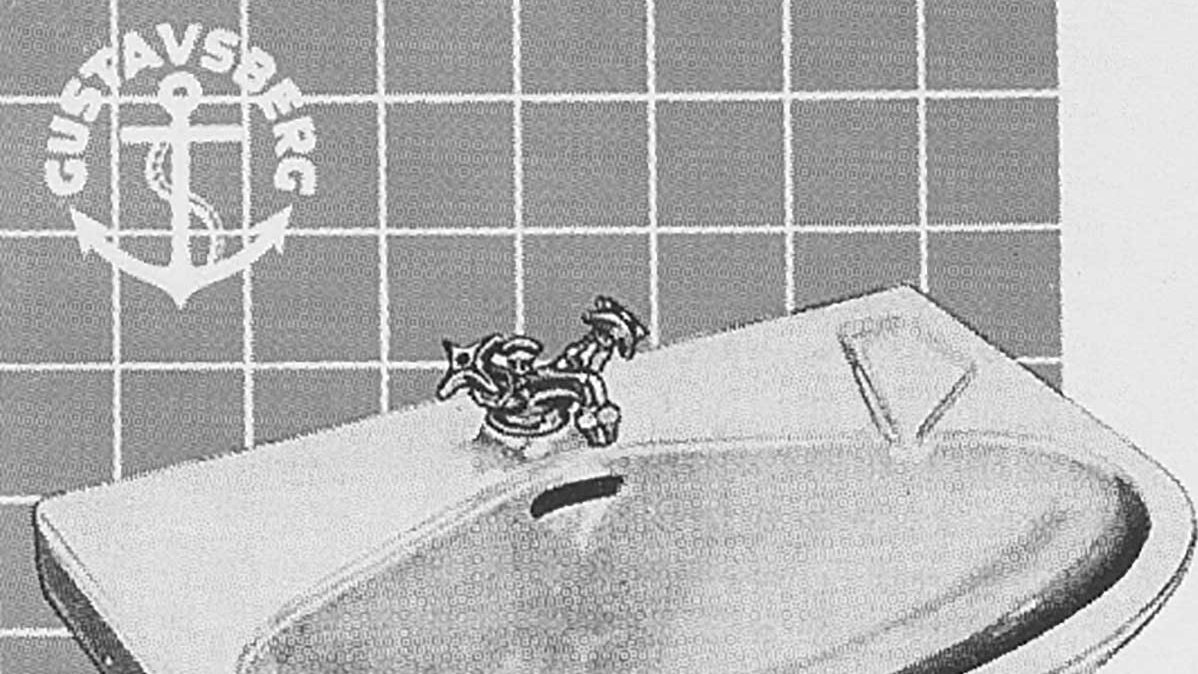
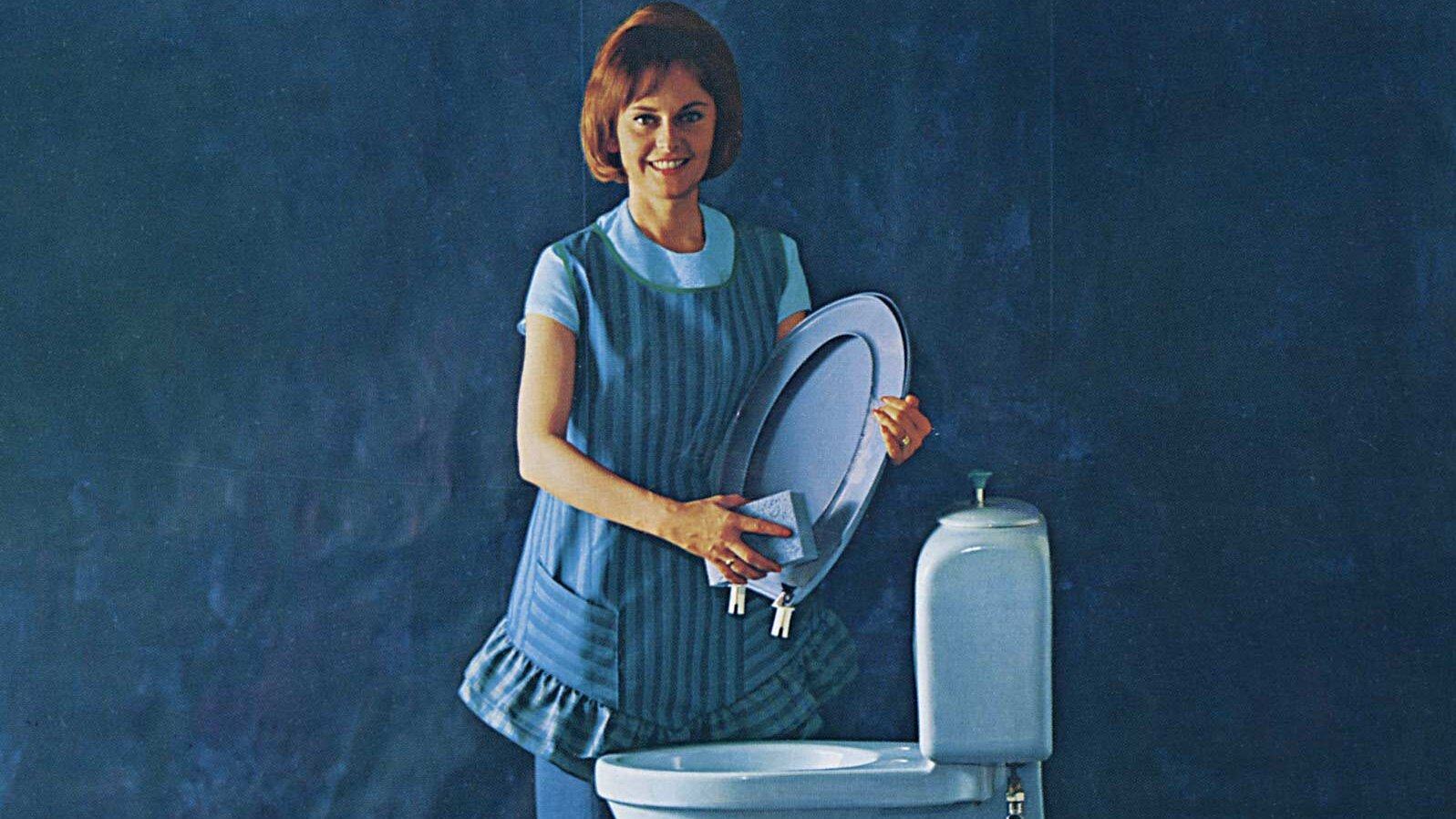
1961 – The easy-clean toilet seat
We make cleaning easier with our new, removable plastic WC seat. The product development is rewarded with the 1961 Plastic Prize.
1964 – The silent toilet
With our WC no 315T, we introduce the first ever quiet-flush toilet. Good news for everyone who has ever been woken up by their neighbours’ nightly toilet visits.
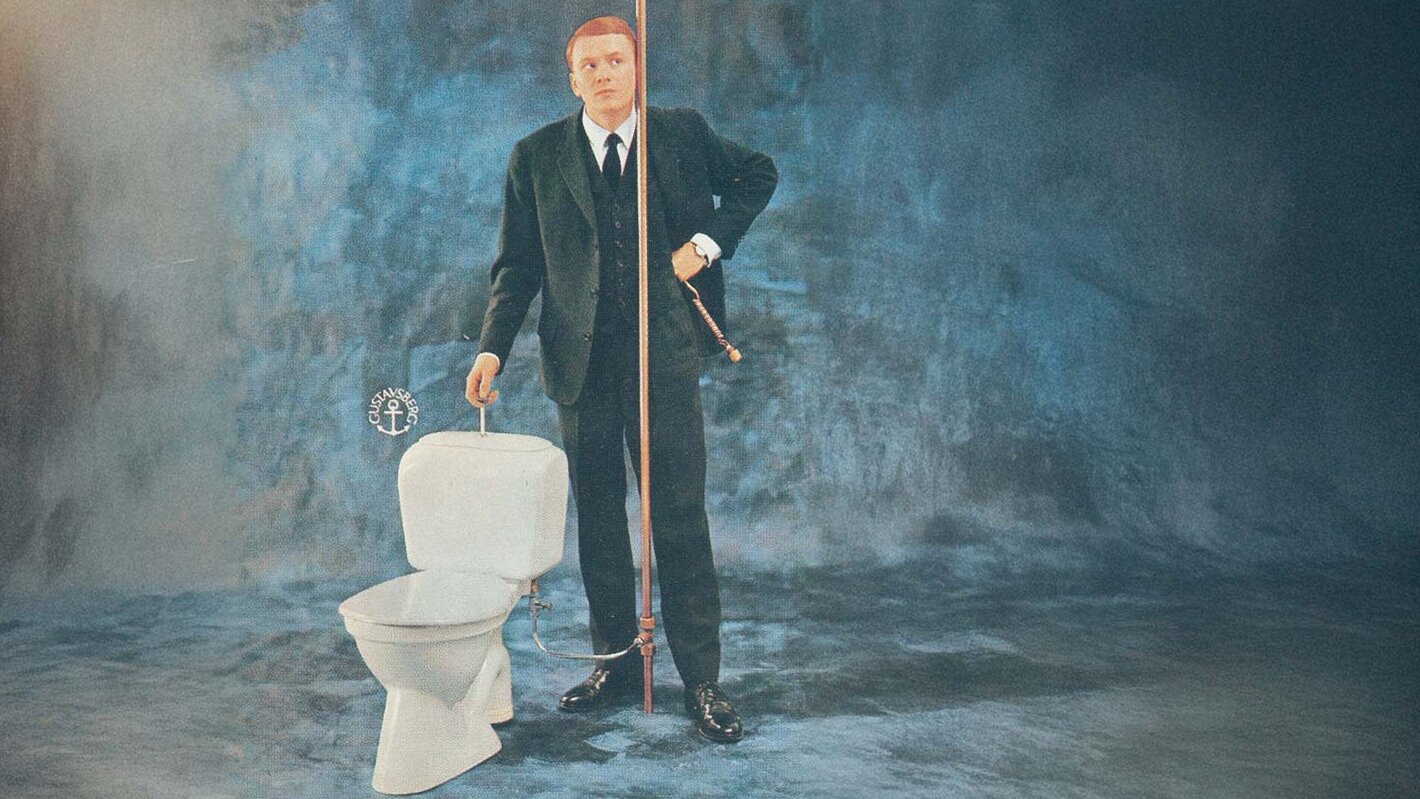
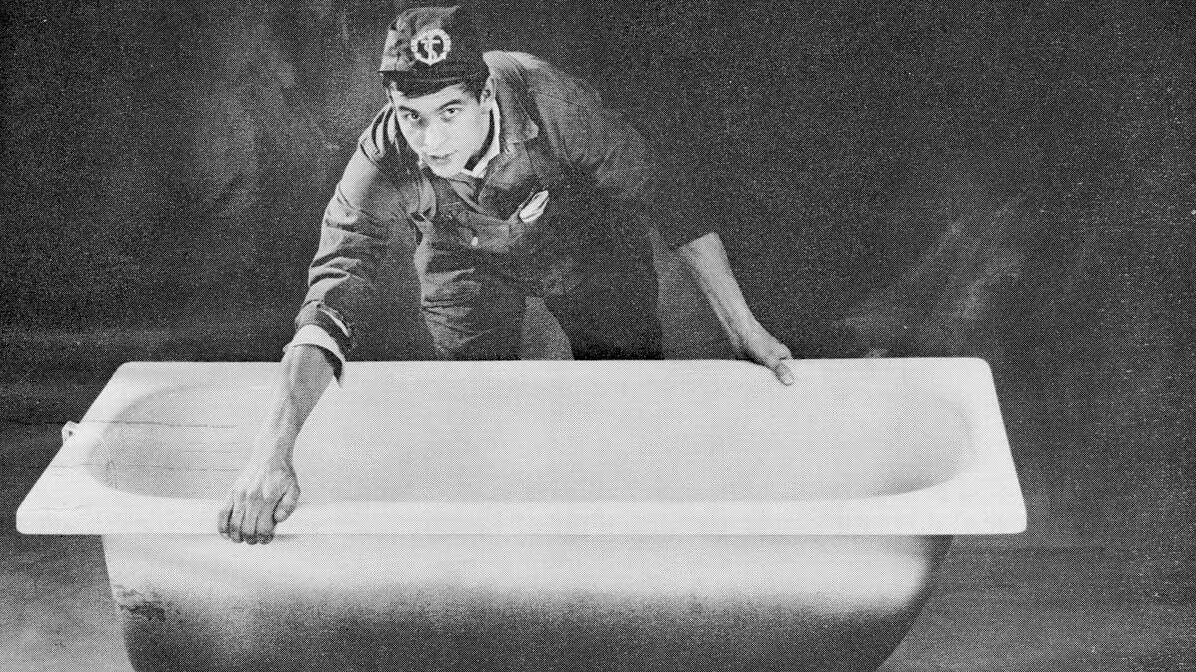
1965 – The ready-to-install bathtub
We now launch yet another major product development: stackable bathtubs that are fitted with adjustable feet and a complete bottom valve with a drain pipe. At the same time, the new bathtub is 10 cm lower, making it easier to enter and exit.
1965–75 – “The Million Scheme"
When Sweden embarked on its plan to build a million homes in ten years, the demand for bathtubs, sinks and toilet seats increased dramatically. Gustavsberg became a key player and established a new standard that remains relevant to this day.
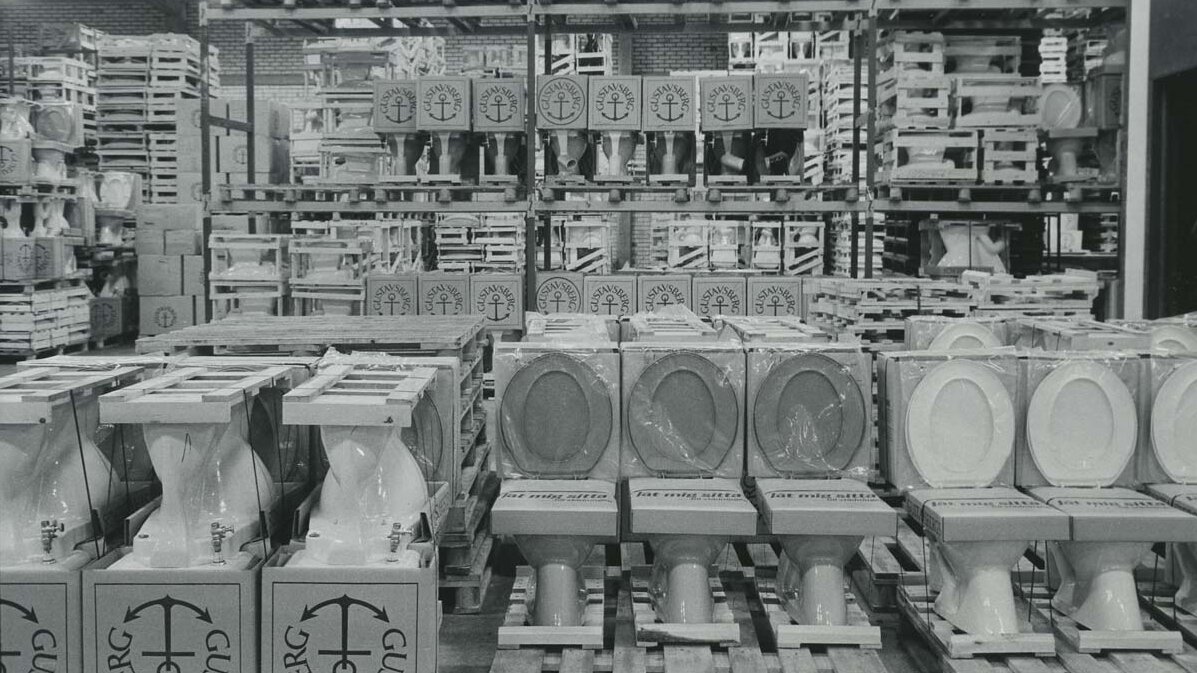
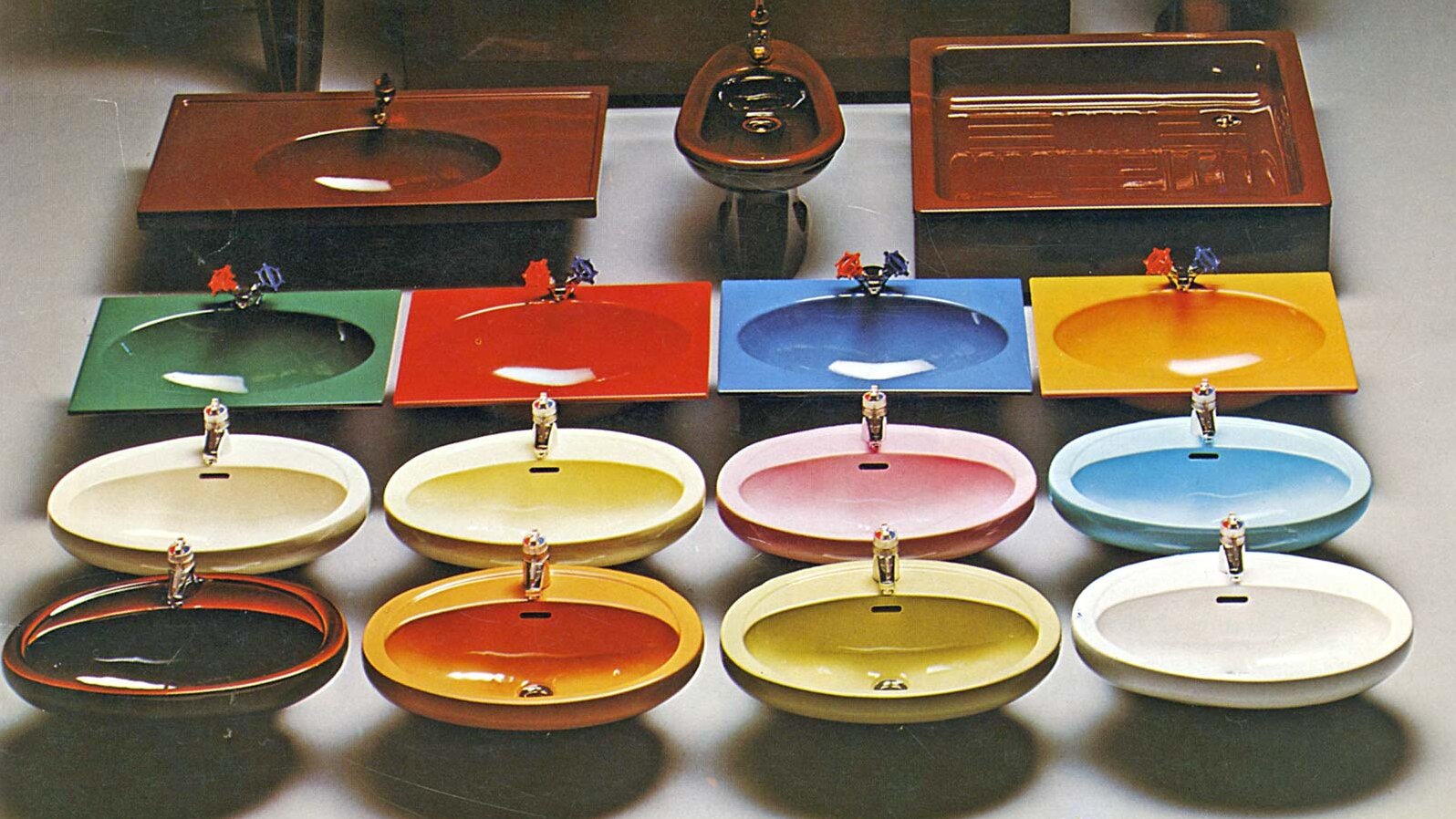
1970s – Colourful bathrooms
Soft pastel shades have long dominated in the porcelain range. But when we start to make washbasins of enamelled steel, we launch a variety of new, strong and pure 1970s colours.
1974 – Oil crisis forces new solutions
As a result of the oil crisis in 1974, people start to become seriously interested in energy-saving measures. Gustavsberg launches a new shower cabin for people who do not have the space and budget for a bathtub.
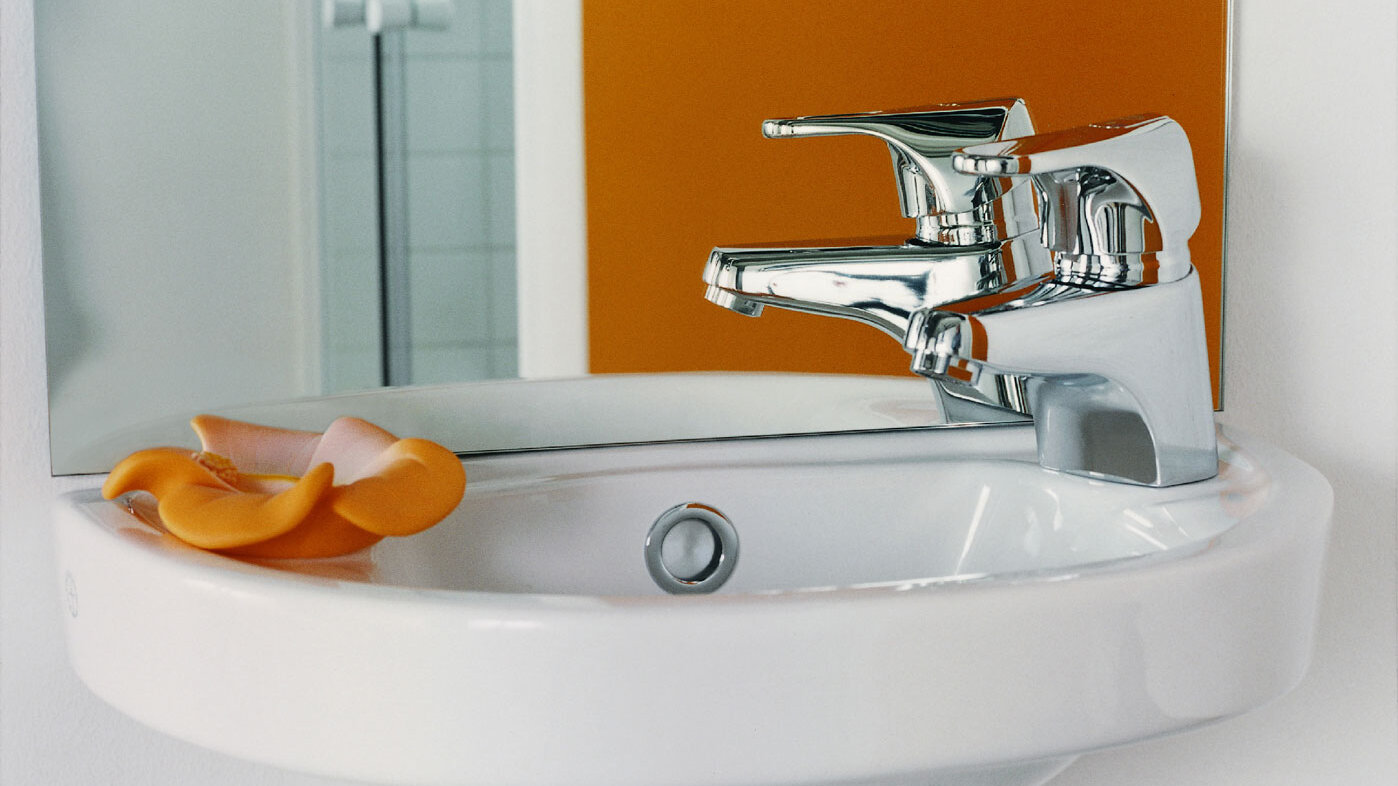
1980s – Water-saving mixers
Gustavsberg develops a unique water-saving technology that results in a global patent. The design is as simple as it is brilliant: fitting the mixer with a flow block means that users save both water and money. The water-saving mixers become a huge export success.
1992 – Energy-saving mixers
For ten years, our mixers have been fitted with technology that saves water. Now comes the next giant leap: saving energy. The effects prove to be incredible for both the wallet and the environment.
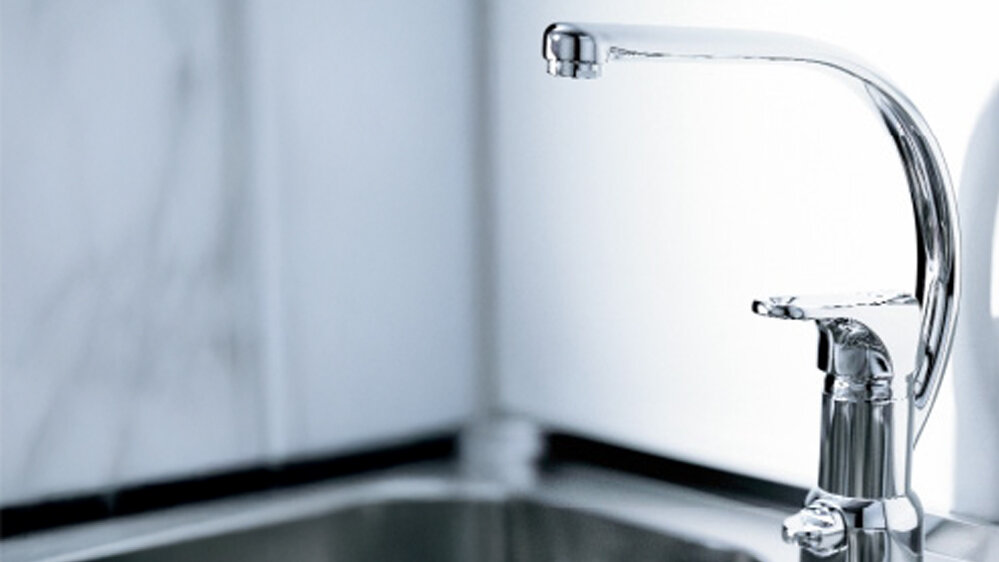
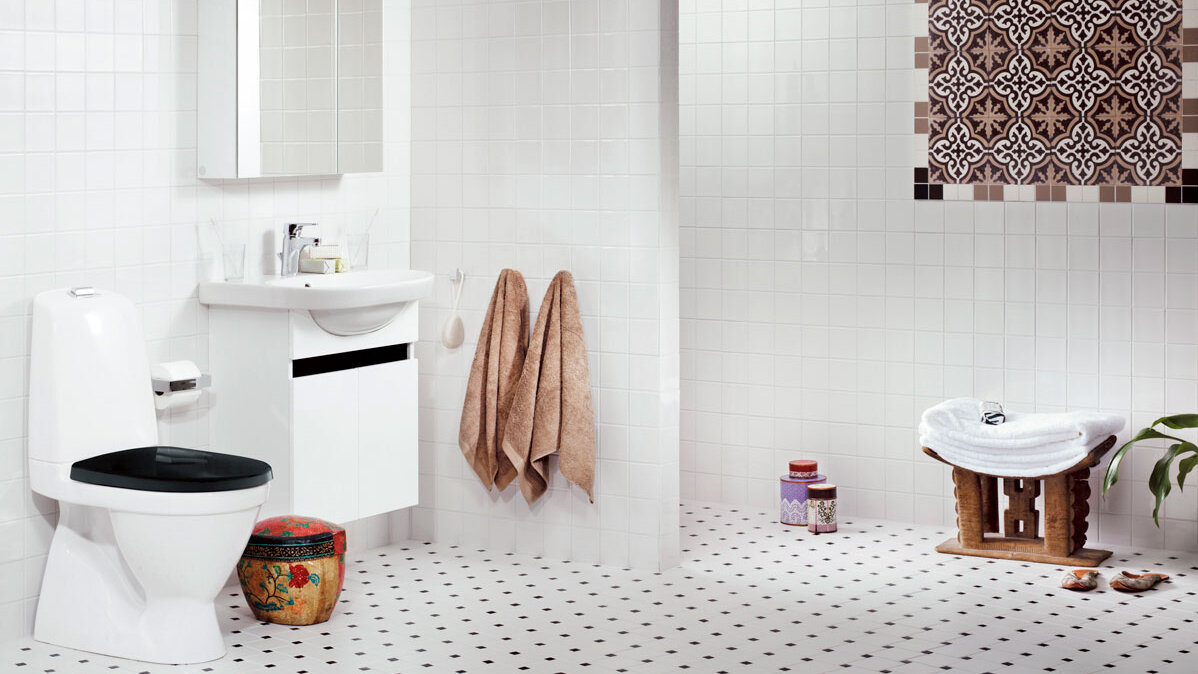
2010 – Nautic: designed by you
At Gustavsberg, function and design have always gone hand in hand. To take that idea further, we invited both installers and consumers to help develop the Nautic series. The result is our most functional bathroom series ever – packed with technical features for both users and installers.
2012 – Energy-rated mixers
Energy-rated mixers are introduced to the market and we get the best results for the Nautic series.

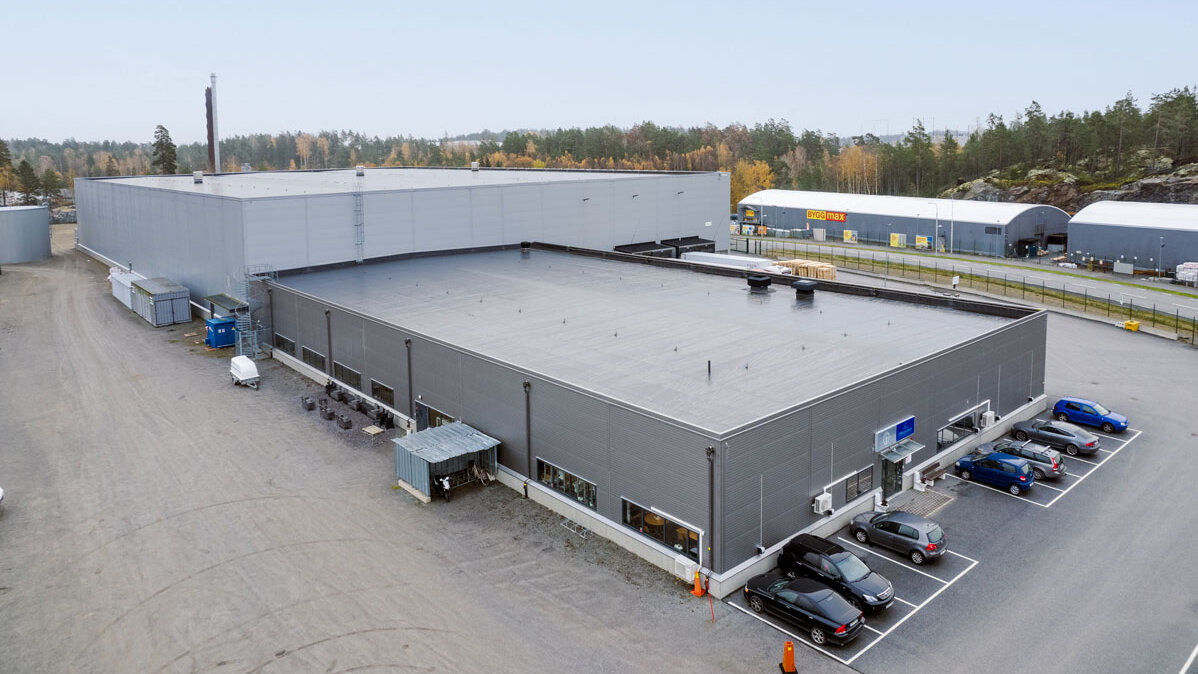
2015 – New production facility
The manufacture of sanitary porcelain commenced in 1939 in a new and (for the time) ultra-modern porcelain factory. Even though we have continuously renewed our operation over the years, the time has come to move to new, more appropriate premises.
2016 – Graphic: for the small bathroom
Taking the bathroom we developed during the “Million Scheme” era as our base, we now launch Graphic. A range where the form is very much a feature of the function. With graphic shapes and repeated dimensions, we can provide form and function for even small bathrooms.
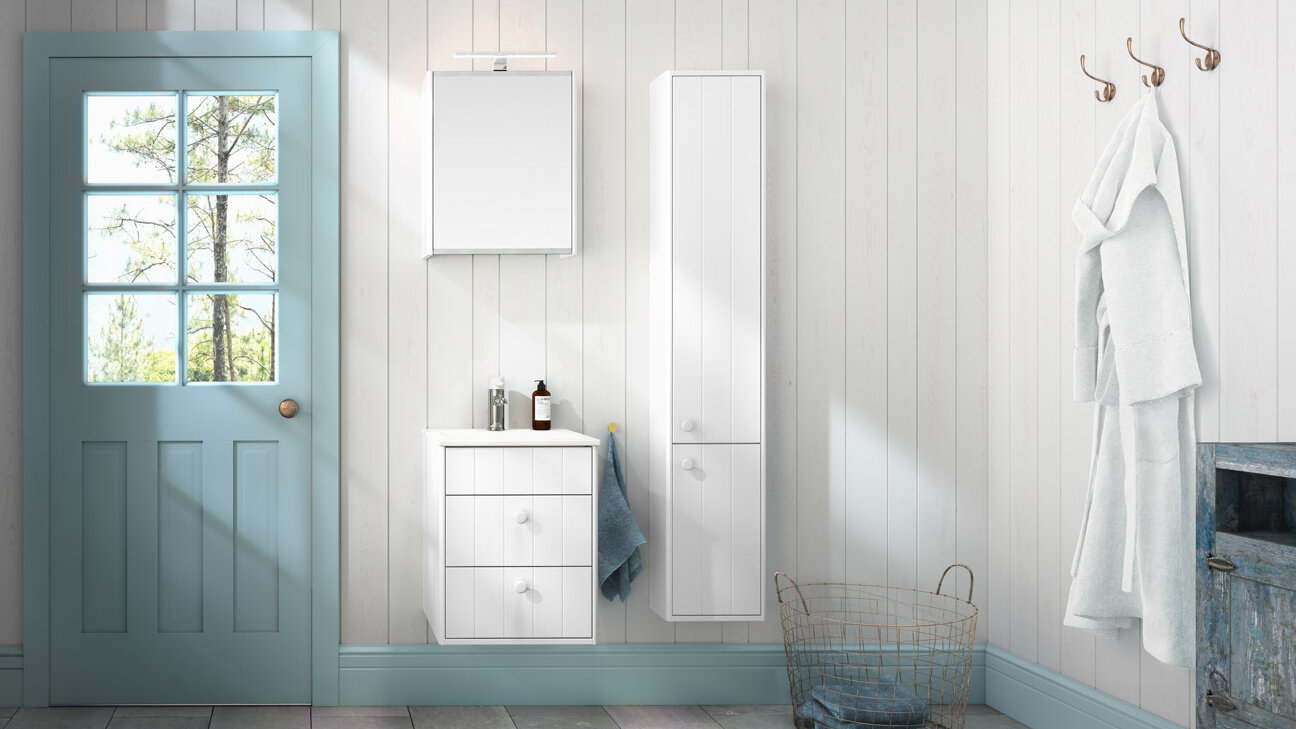
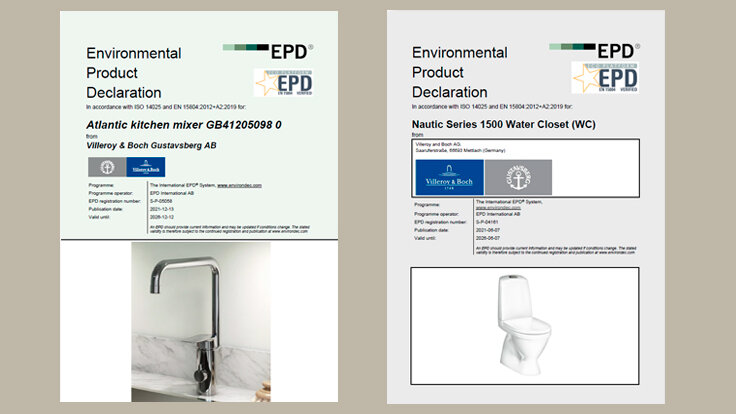
2021 – The first EPDs in the Nordic Region for mixers and sanitary porcelain
In 2021 we become the first manufacturers to receive EPDs (Environmental Product Declarations) for mixers and sanitary porcelain.
2024 – The world’s first Energy Class A kitchen mixer
We continue to develop the mixers in our Nautic range and obtain the best possible energy classification.
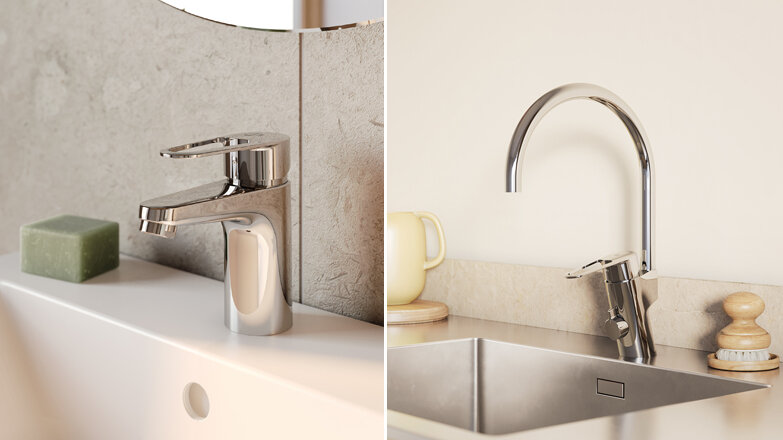
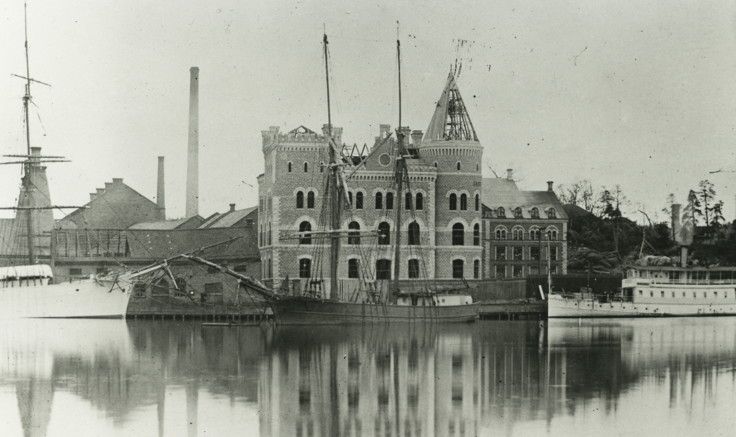
Our history
Gustavsberg has manufactured porcelain since 1825. However, the Gustavsberg history originates from the 1600s, when Gustav Gabrielsson Oxenstierna and his wife, Maria de la Gardie, founded a brickyard in Farsta bay. In memory of Oxenstierna, Farsta bay later came to change its name to Gustavsberg. Though it was not until 1825 that Gustavsberg became known for its manufacturing of porcelain.
Over the centuries, Gustavsberg has continued to develop smart, sustainable products of Nordic design for the whole bathroom. It is, after all, what we do best!
Want to know more?
Milestones
The 200-year-old brickworks is closed, and in 1825, the owner is granted by the National Board of Trade an authorisation to “establish and operate a factory for miscellaneous porcelain”. Around the middle of the 1800s, Gustavsberg starts to manufacture its own products in the English style, and to mark the change, the now-familiar anchor stamp is introduced in 1839. For more than 100 years, Gustavsberg primarily concentrates on making household porcelain and decorative items. Under the leadership of proprietor Wilhelm Odelberg, the foundations are laid for the major company that Gustavsberg will become at the end of the century.
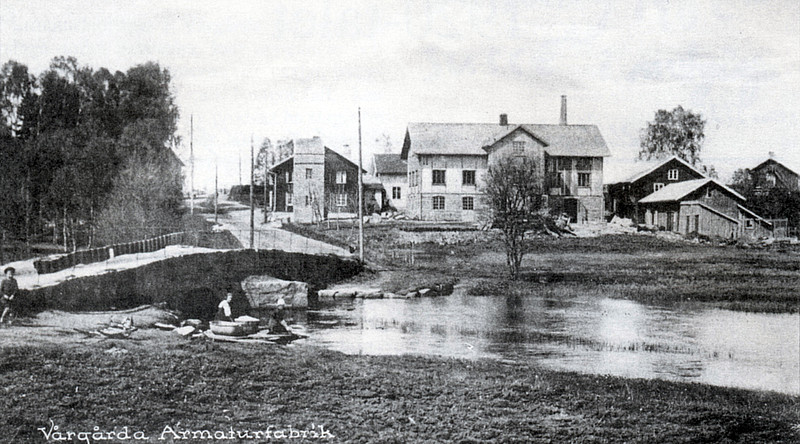
In 1920, Vårgårda Armature is founded by Gustav Hedblom alongside two other business companions. The factory manufacturers armature and has after only two years 38 employees and sales totalling 66 500 SEK.
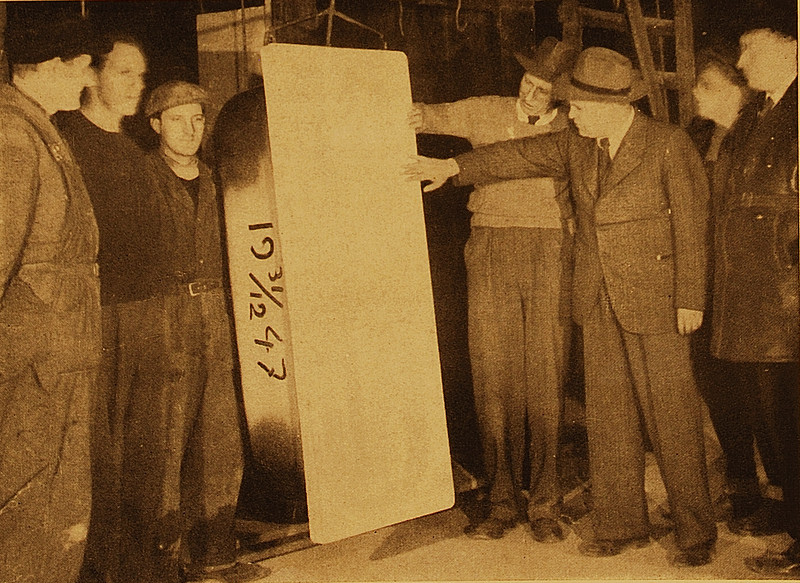
The first Gustavsberg bathtub is unveiled on New Year's Eve 1947. It is the fruit of a unique partnership between Gustavsberg and the American automotive industry. The new form-pressed steel bathtubs are easier to handle than the previous heavy and clumsy cast iron tubs. The Gustavsberg bathtub will soon come to dominate the market.
Gustavsberg acquires Vårgårda Armatur, whose range of products includes mixers for all household uses and a system of connectors and ball valves for plumbers.
The financial crisis of the 1990s begins to strain KF, owners of Gustavsberg. As a result, a number of companies that KF own are put up for sale, including Gustavsberg AB. A buyer is soon found in the Dutch company N.V. Koninklijke Sphinx. Gustavsberg's sales remain relatively strong under the new owner. The “Sphinx era” does not make a lasting impression, and no major innovations are introduced in the field of sanitary porcelain. The marriage to Sphinx lasts six years, and the organisation is left almost completely intact.
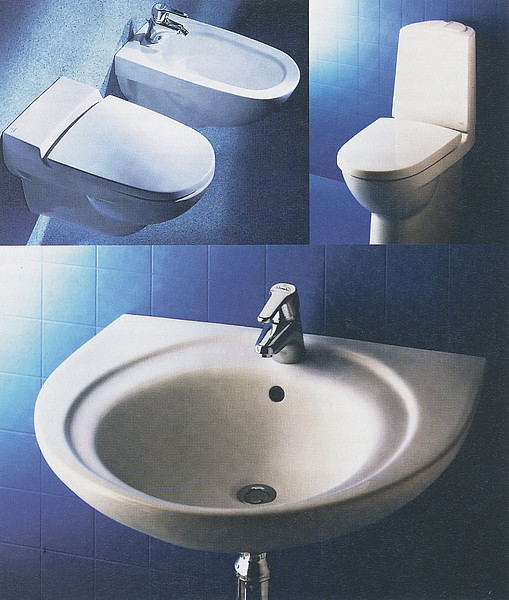
The Scandic range is launched and comprises all areas of the bathroom. The pictures show a wall-mounted wc and bidet, a floor-mounted wc and a washbasin with a single-lever mixer. Design: Peter Nordgren.
The German bathroom manufacturer Villeroy & Boch becomes the new owner of AB Gustavsberg. The acquisition comprises AB Gustavsberg along with the subsidiaries Gustavsberg VVS AB and Gustavsberg Vårgårda Armatur AB, as well as the marketing organisations in Sweden, Norway, Denmark, Finland, Russia, Ukraine and the Baltic states. Villeroy & Boch is one of the best-known brands of sanitary porcelain in Europe and is also famous for its tiles and household porcelain.
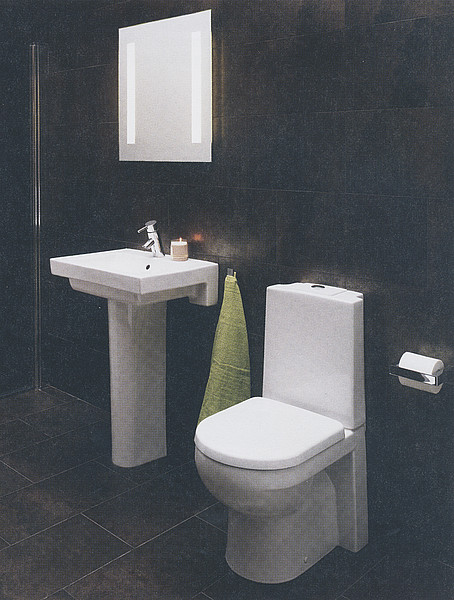
With its daring forms in authentic material, Artic becomes Gustavsberg’s most exclusive bathroom range for many years. The pure lines are more than just a treat for the eye. Along with the smooth surfaces, a concealed drain connection on the wc and hidden fixtures in the washbasin, the product is hygienic and easy to clean. The Artic washbasin also features generous flat surfaces.
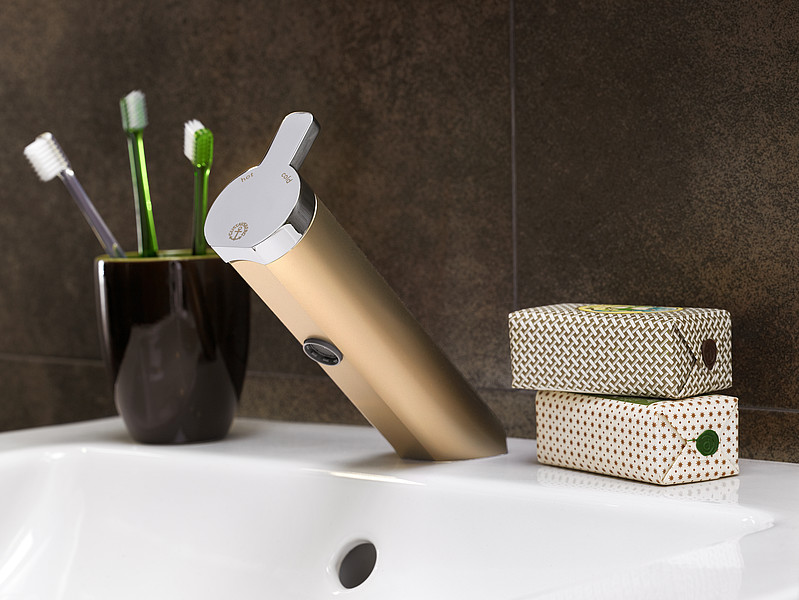
The unique, future-oriented design of the Coloric mixer and its exclusive colours have not gone unnoticed. But if Coloric makes a big impact on the bathroom, it makes little mark on the environment as it is made of aluminium. This is a light metal that requires less fuel for transport and is 100% recyclable. In addition, Coloric is not chromed – which is another big plus for the environment. Design: Jon Eliason.
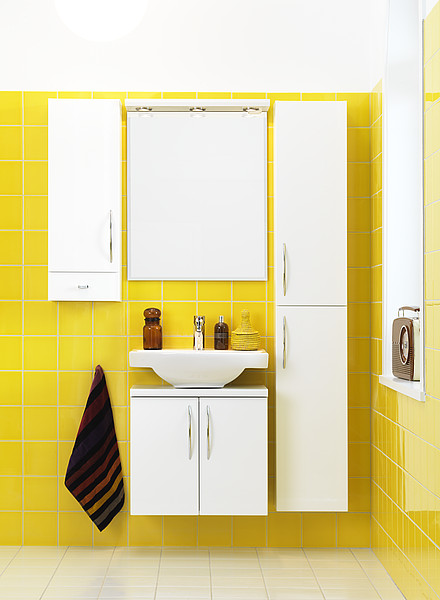
The new Logic range makes it possible to use every last centimetre of space in the bathroom. With its neat, versatile shapes – as regards both porcelain and furniture – the range frees up plenty of space, which means that even small bathrooms can look big. The furniture range comprises everything from small cassette cabinets to broad bottom cabinets that are slim to save space. Even though they may be small, Logic units have been design-optimised to fulfil storage requirements and provide plenty of flat surfaces. Design: Rolf Herrström.
With System Vatette, Gustavsberg introduces a new installation system that significantly reduces the risk of water damage. This is made possible by the use of a neat fixture system that involves no screws at all. As such, there is only a minimal risk of moisture penetrating the sealant layer.
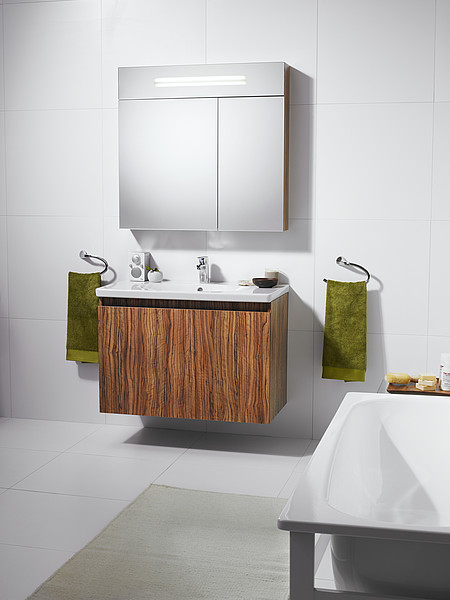
Function and design have always gone hand in hand at Gustavsberg. The Nautic range makes additional leaps in the area as both fitters and consumers are invited to participate in the design process. The Nautic range becomes Gustavsberg's most functional bathroom range ever, packed with technological finesses that make life easier for both users and fitters. Design: Myra industriell design led by Peter Nordgren.
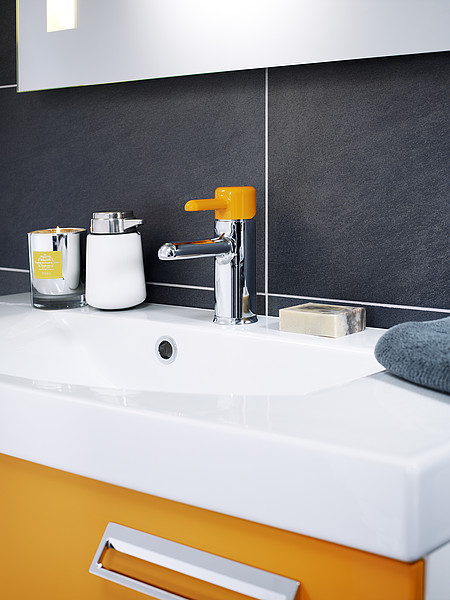
The Logic range is updated with mixers for washbasins, showers, baths and kitchens. In addition to saving energy and water, the new mixers can even change colour. The mixer lever is available in four different mood colours – as are the furniture unit doors and the bathtub front panels. The available colours are Perfect White, Sinful Black, Moody Blue and Crazy Orange. The unique exchangeable aspect makes the bathroom more personal. Design: Jon Eliason.
Gustavsberg started manufacturing sanitary porcelain back in 1939 in a new and (for the time) ultra-modern porcelain factory. Even though the company has reinvented itself continuously over the years, developing into something of a role model as regards eco-friendliness, there is little doubt that it is time for Gustavsberg to move to new and more appropriate premises. In 2015 the business moves to new premises in Ekobacken in Gustavsberg. During the same period of time, the head office moves to Tornhuset in the port of Gustavsberg - the same premises where the office previously was located.
Source: "Muggar och ställ" a story about Gustavsberg's sanitary porcelain factory. Author: Bengt Norling